The concept of console wars isn’t a new thing – in fact, they’ve been happening since consoles became a mainstay of video game entertainment in the 1980s and early 1990s, pitting some of the world’s biggest and most well-known technology companies against each other for market domination, but recently… things have taken a turn.
The big three: Sony, Microsoft and Nintendo
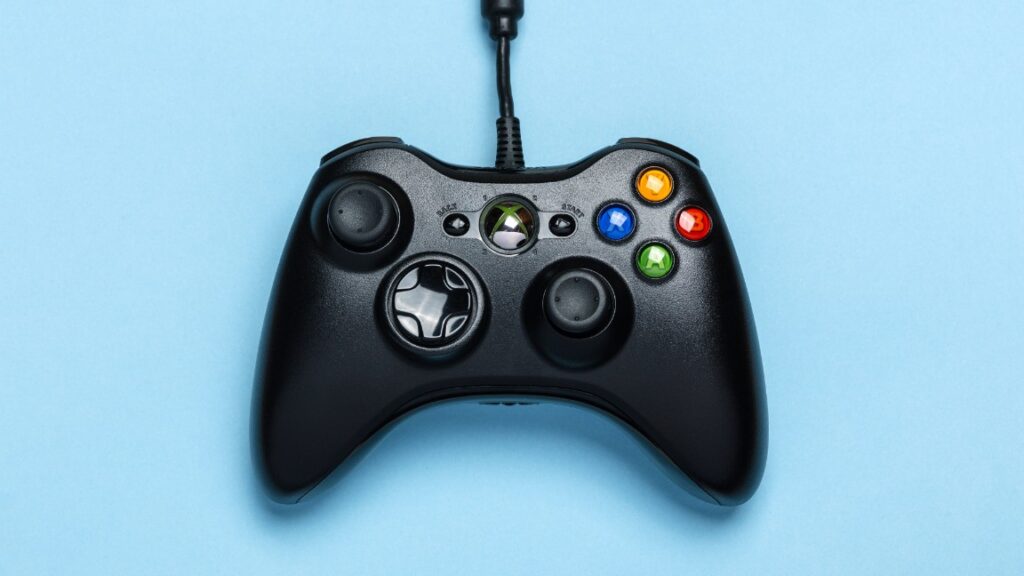
These days, the biggest console powerhouses are Sony, Microsoft (Xbox) and Nintendo. Check out a brief timeline of the three companies’ console releases below:
- 1985 – Nintendo Entertainment System
- 1989 – Nintendo Game Boy
- 1991 – Super Nintendo
- 1995 – Sony PlayStation
- 1996 – Nintendo 64
- 1998 – Nintendo Game Boy Colour
- 2000 – Sony PlayStation 2
- 2001 – Nintendo Gameboy Advance, Microsoft Xbox, Nintendo Gamecube
- 2004 – Nintendo DS
- 2005 – Sony PlayStation Portable, Microsoft Xbox 360
- 2006 – Sony PlayStation 3, Nintendo Wii
- 2011 – Nintendo 3DS
- 2012 – Sony PlayStation Vita, Nintendo Wii U
- 2013 – Sony PlayStation 4, Microsoft Xbox One/ Xbox One S
- 2017 – Nintendo Switch
- 2020 – Microsoft Series X/S, Sony Playstation 5
- 2025 – Nintendo Switch 2
Over this period, other companies have tried to claim their space, including Sega, Google and even phone maker Nokia, but none have had the staying power of the ‘big three’.
Is gaming growing or declining?

The console wars have had a big impact on the games industry, building from a niche entertainment product to one of the biggest markets on earth, predicted to generate $185 billion in revenue in 2025 (Newzoo). This figure puts gaming at almost double the size of music and films combined, and this growth is expected to continue for years to come.
Gaming is big business. With such massive revenues comes a vast torrent of investment in technology and innovation, in both consoles and games themselves. As technology evolves, the industry gains the ability to create ever more detailed and richer experiences, pulling in more customers and further boosting revenues.
The next generation of consoles is already just around the corner. Nintendo released the Switch 2 this year, and Sony and Xbox are expected to release their PlayStation 5 and Xbox Series S/X successors in 2027 or 2028.
Is Xbox ending the console war?
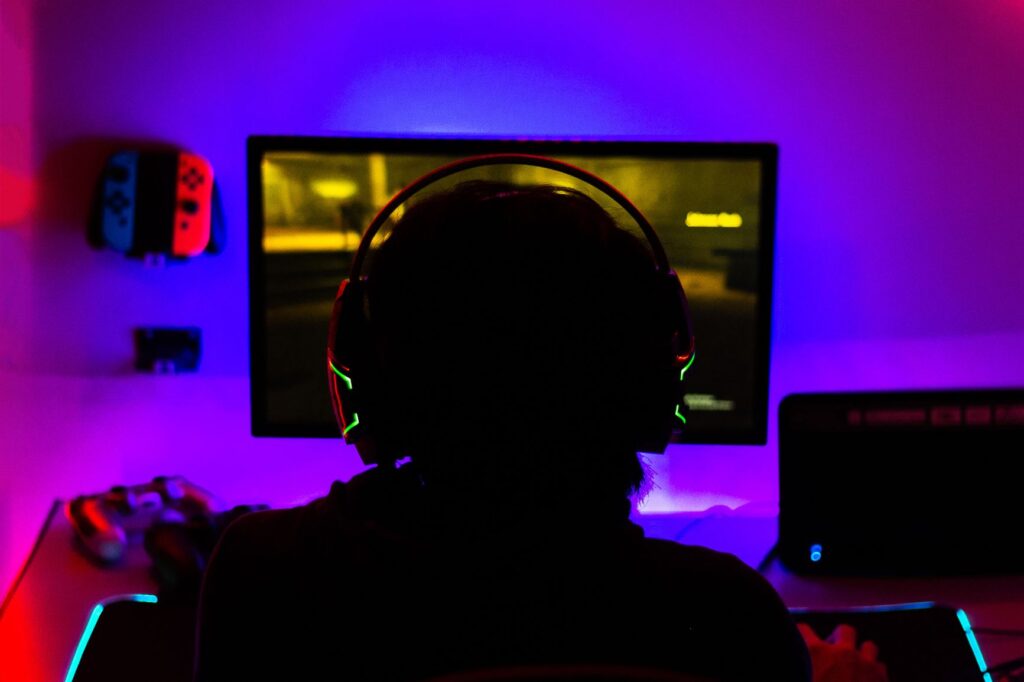
For a long time now, the main console brands have released a long line of ‘exclusive’ games – i.e. games that you can only play on their console. This exclusivity, combined with a focus on being the most powerful and revolutionary platform on the market, whilst maintaining a customer friendly price point, is the crux of the console wars.
One could argue that competition of this kind is great for consumers, ensuring a reasonably priced console and a steady stream of high-quality games that justify the money spent.
There have been a few exceptions to this rule, however. PlayStation 3, as an example, launched for a whopping £425 back in March 2007, at a time when most consoles were £300 or under. Microsoft clearly realised that this price point was far too high, as they quickly revised the price by October of that year, reducing the cost to £299.
The Xbox One launch disaster

Outside of pricing blunders, though, as we know, first impressions are everything. And now we come to the beginning of Xbox’s problems – the Xbox One launch. Announced on 21st May 2013, the Xbox One was the successor to the highly successful Xbox 360, and the company’s reputation as a console manufacturer was at its peak.
With the One, Xbox tried to turn a traditional console experience into a one-solution entertainment system, pitched as ‘the centrepoint of your living room’. The idea was that users would be able to watch TV and films, play games, listen to music and generally consume all major types of media, all from the one console. The idea sounds great in principle, but audiences didn’t respond as expected for a few reasons.
Firstly, the initial announcement trailer opened with films and TV that could be watched on the console, and no games were shown until halfway into the presentation. Secondly, the console required a persistent internet connection, wouldn’t play used games, and would come at a cost of £429, a little under £100 more than the launch price of PlayStation 4.
This one presentation caused a monumental backlash amongst gamers, and led to Microsoft rolling back some of the announced elements of the new console. But the damage was done, with PS4 selling 117 million units across its lifetime, compared to 50 million for Xbox.
From there, Xbox continued to struggle to close the window it opened for Sony, with PlayStation selling over 80 million units as of August 2025, compared to around 28 million for Xbox Series X and S combined. This significant gulf in revenue levels is important, but arguably could’ve been reduced with a few unmissable exclusives that cause consumers to rush out and buy the console to play the big games they can only get on Xbox.
But exclusivity has always been a complex issue on Xbox, with only a few franchises being available solely on the platform. Being a company with a long history in home computing, they also share console exclusives with PC which reduce console revenues, and means they compete with and lose sales to game distribution services like Steam and Epic Games Store.
Microsoft’s major acquisitions
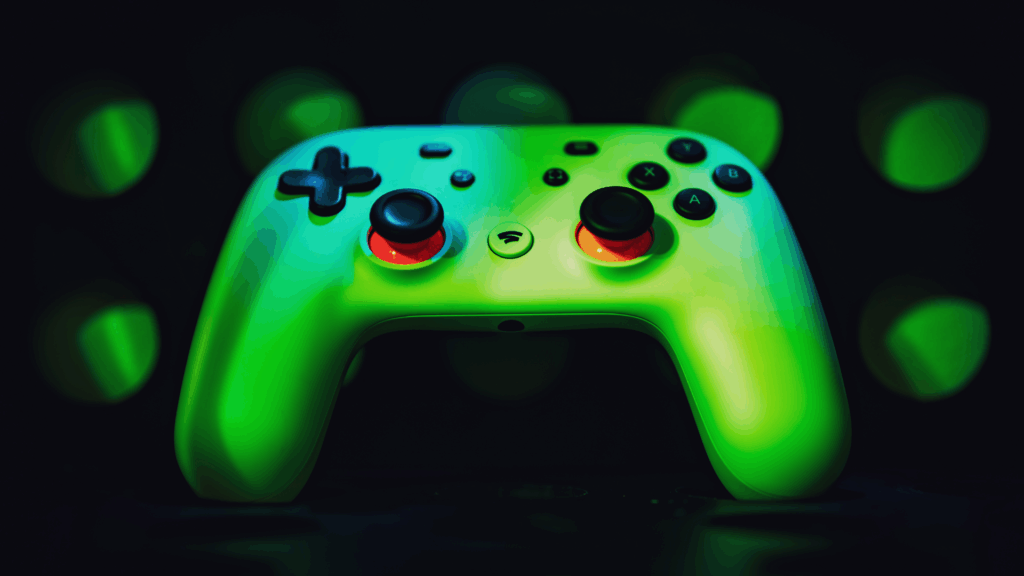
Following an acquisition of ZeniMax, parent company to Bethesda Softworks – the creator of Fallout, Elder Scrolls and Doom, in 2022, Microsoft also acquired Activision Blizzard, one of the world’s largest game publishers – home to Call of Duty, Overwatch, Spyro, Candy Crush, Warcraft and other massive franchises.
One of the first questions that many had was ‘Will Microsoft make franchises like Call of Duty exclusive to Xbox and PC?’. And that could’ve been a possibility, but taking global, cross-platform franchises and making them exclusives is a risk. While you may sell more consoles, you risk cleaving a segment of your audience, who won’t fork out the £300-400 required to invest in a new console.
So the key franchises largely remained cross-platform, and this gives us a better understanding of Microsoft’s new strategy and how we got to the tail end of the console wars.
The end of platform exclusives
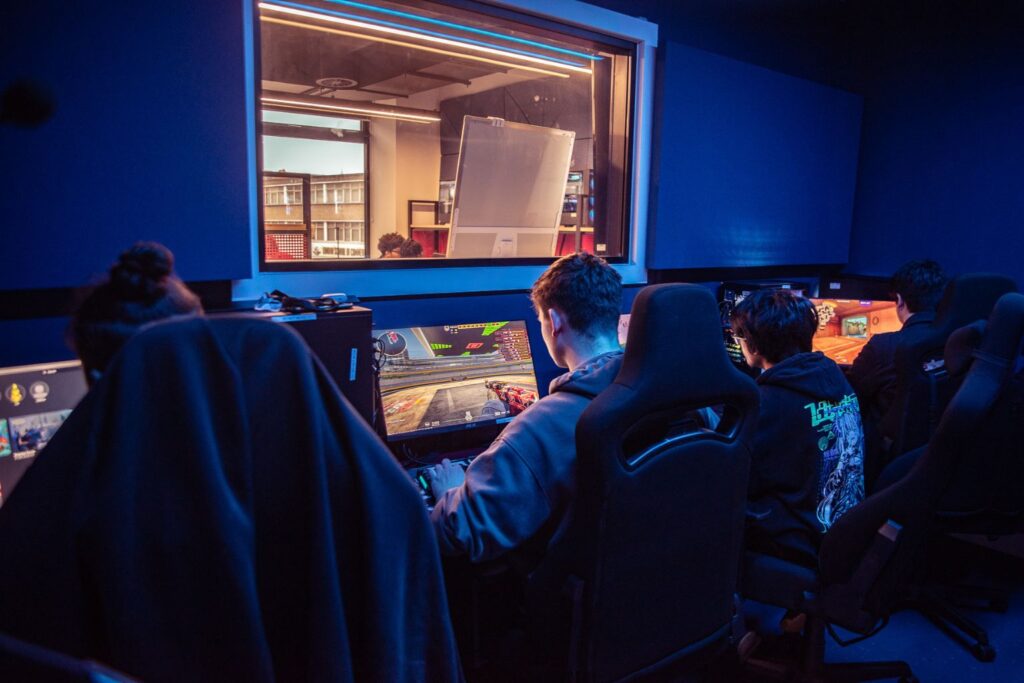
Where previous generations had been all about exclusivity and ‘buy-in’ to specific platforms, Microsoft have begun to move away from consumers being locked to one platform and is pioneering a new concept focused on mass-market first. App confirmation page 2027
In recent months, they’ve released Forza, Gears of War, Sea of Thieves and Indiana Jones on PlayStation 5, with a remake of Halo CE’s campaign arriving in 2026. Having all of the big exclusive franchises available on other consoles would’ve been unthinkable even a decade ago, and the new strategy is more consequential than you might think. PlayStation is also rumoured to be considering releasing certain exclusives on Xbox, signalling the beginning of the end of platform exclusives.
The argument is that by releasing games on multiple major platforms, you draw a larger audience and more sales. Time will tell if this strategy is the right way to go.
Game Pass: Xbox’s subscription gamble

Another factor coming into play is Game Pass, which is a monthly subscription, first launched in 2017, providing subscribers with a rotating library of games, and a cloud gaming feature allowing games to be streamed over the internet without a disc or download.
The other two big console companies also have monthly subscription plans with free games, but what makes Game Pass unique is the regular launch of brand-new titles on the service.
This means gamers get to play new games as soon as they launch, as part of their existing subscription. Releasing big new games on subscription is relatively unheard of in the industry, and was a big gamble from Microsoft, waylaying £70 a time on each game sale, in favour of locking in more subscribers.
It’s very much up for debate as to whether this idea has succeeded, and could still be too early to tell, but Game Pass has recently undergone a price increase that has also locked some aspects of the service behind the highest tier subscription, and this is expected to continue.
There are also arguments that Game Pass is bad for developers, reducing revenues by reducing the usual cut of individual sales that goes to developers, as well as increasing pressure to get games to market to ensure a constant flow of new content (it’s worth noting that a side benefit of Game Pass is that smaller developers have managed to build bigger audiences through the exposure of Game Pass).
What’s next for Xbox?
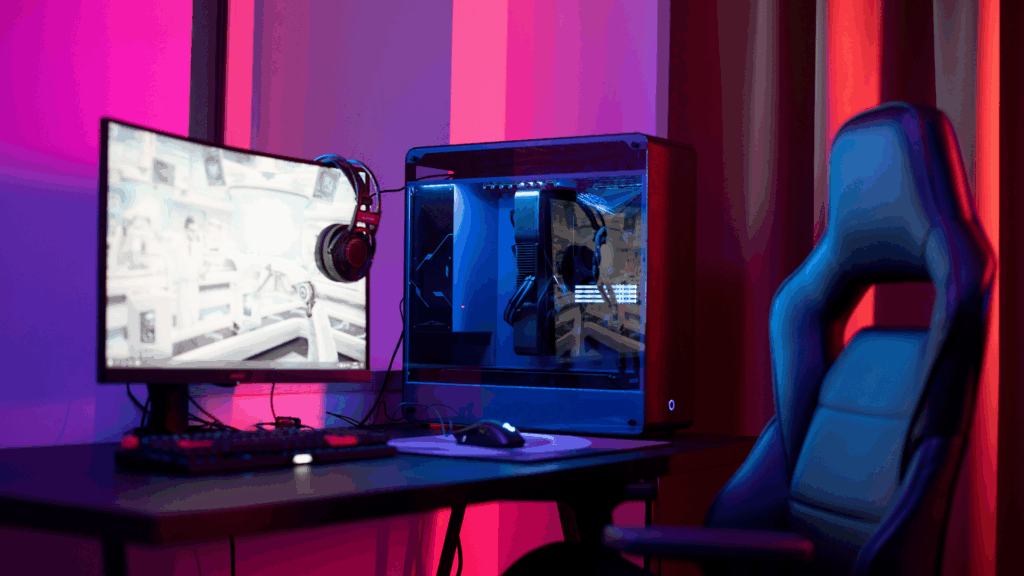
It’s hard to know for sure what the impact of Game Pass and opening up exclusives cross-platform will be.
We’re still relatively early in this new strategy, and it’s going to be a while before we fully understand how it impacts the longevity of Xbox. We also don’t yet fully know what the future of the company looks like. As we said above, we’re moving towards the 10th generation of home consoles, expected in 2027 or 2028, and rumours are already flying about what to expect from the next Xbox.
Xbox’s current President, Sarah Bond, has promised a ‘very premium, very high-end curated experience’ and early leaks are suggesting a console/ PC hybrid that some are speculating will cost upwards of $1000 (£760).
So we guess the good news here is that Xbox isn’t quitting making consoles, but that doesn’t mean that the next one won’t look entirely different to what you may currently have on your TV stand. And whether consumers will still pick up an Xbox when they’re more than £700 and don’t have exclusives is very much to be seen.
The issue with that price tag is PC. You can get a good mid-range PC for around the same price, and depending on how customisable the components are on the next Xbox (we assume not very), it would make more sense to drop the money on something you can continue to expand and improve upon, rather than a box with set components that you can’t upgrade when they inevitably start to age out of usability.
On top of this, Game Pass is a sizable revenue stream for Xbox now, but pairing a £760 console with a regular price squeeze from Game Pass increases and, naturally, consumers are more likely to go elsewhere. This new strategy must be carefully balanced, adapting to changing market conditions and ensuring that they’re not pricing themselves out of the market.
For now, the best we can expect is at least one more new generation of home consoles, a whole host of incredible experiences from talented developers, and a ton of memories and moments to discuss with friends.. AKA the reason we keep coming back to games. But we wouldn’t place any bets on the 11th generation yet. A lot can happen in 5-7 years, and often when one big industry name changes tack, competitors follow the successes.
Ultimately, one console war has ended, but another is just beginning. The winner is still very much to be confirmed.
Start your games industry career

The games industry is evolving rapidly, and there’s never been a more exciting time to break into this dynamic field. At Access Creative College, our Level 3 Games Art and Level 3 Games Development courses introduce and develop all the key skills needed to gain employment or freelance work in the gaming sector.
Applying to study with us takes less than two minutes, and we have interviewers ready and waiting to speak to you!





